As in most schools, the school lunch is a frequent topic of conversation throughout the student body. Students are interested in the pros and cons of school lunch, and how it is changing. Recently, Arlington Public Schools (APS) sent out a school lunch survey asking students to name two cuisines they would like to see on their lunch menu. The goal of this survey is to increase the diversity of meals provided by the school lunch. APS staff members involved in creating this survey, and students who regularly purchase school lunch were interviewed on their opinions regarding the recent developments in the school lunch conversation.
Ms. Robyn Ristau, the Assistant Director for Program Evaluation, is one of the APS staff members who created the school lunch survey. She was interviewed about her involvement and addressed the most basic question by explaining what it was.
“The school lunch survey is really one of our student surveys primarily focused on secondary students [where] we were trying to get student feedback on perceptions of the school lunch menu and suggestions for the school lunch menu,” Ms. Ristau said.
Later, Ms. Grace Wagner, the Evaluation Specialist at APS, elaborated on this definition by explaining what the purpose of the school lunch survey and what it was trying to accomplish. Ms. Wagner was also involved in creating the school lunch survey.
“The purpose of the school lunch survey was to get feedback from students about what types of cuisines they were looking to see more of on their menu,” Ms. Wagner said. “[What it was] hoping to accomplish was to somehow get more of those types of cuisines put on the menu, so not specific foods like more tacos or more shawarma or things like that, but more types of cuisines, more diversity in the food.”
Although Ms. Ristau and Ms. Wagner were involved in producing the school lunch survey and collecting the data, they are still determining how this data will improve or diversify the school lunch. They explained that Ms. Amy Maclosky, the Supervisor of Food and Nutrition, would have more information on the subject. Ms. Maclosky filled in the informational gaps by explaining how APS would use the data throughout the year.
“Arlington Public Schools food services team is very mindful about providing culturally sensitive menus to our students,” Ms. Maclosky said. “Our lunch survey is another opportunity for us to collect student voices about the types of cuisines we feature on our menus and bowl lines at the middle and high schools. We add and update items throughout the school year based on student participation and feedback.”
Despite not having much information about what their data will be used for in the future, both Ms. Ristau and Ms. Wagner were key participants in managing, administrating and collecting data for the survey. The final number of responses from this survey was 2393 students, and the survey had a margin of error of less than 2%, making the results statistically significant. Ms. Ristau was asked to explain how she was involved in the school lunch survey to better understand their roles in this process.
“What [my team and I] have been trying to do over the last year and a half is have all surveys come through this office, and when I say this office, it’s me, Grace and this girl, Christina,” Ms. Ristau said. “So because [people know] that surveys come through here, a lot of people come to us when they have a survey idea, and so our Chief of Staff is becoming more familiar with that process. So he was like ‘Hey, if we do a survey, can your team handle it?’”
In her interview, Ms. Wagner also explained that the whole process of putting the survey together took a lot of time, and many people were involved in ensuring that the survey would truly be effective and inclusive. However, she also explained her frustration that she could not have a conversation with these students about their answers.
“I think Robyn would agree. I probably took the lead on drafting it, but it definitely goes back to Amy, and she takes a look at it, and then we do what’s called pre-testing,” Ms. Wagner said. “So in pre-testing we’re looking: do the questions make sense? Are you able to answer the questions? Do the answer options make sense?… [but with the survey responses], I mean, I have a lot of questions that I want to ask back to the kids that I can’t.”
Fortunately for Ms. Wagner, many students have answers. Lauren McGroarty, a high school Sophomore, agreed with the mission of the school lunch survey and explained her frustration with the lack of diversity on the menu.
“I believe that it is important for the school to have diversity in their food because it’s important for students to eat multiple different types of food and not have the same type of food every single day,” McGroarty said. “[currently, the school lunch] has the same exact type of food every day and it does not taste good.”
The taste and quality of the school lunch are also common topics within the school. Celia Anbinder brought this issue up when asked what she would improve about the school lunch if she could.
“Sometimes the quality of the food is not amazing,” Anbinder said. “Kind of depends on the day to be honest. Yeah, I think sometimes, I don’t know how to describe it, the food just tastes really weird… but the school lunch, nine out of ten times is pretty fire.”
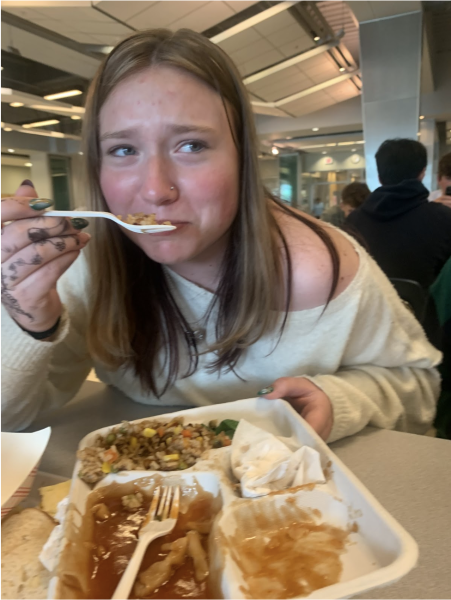 Another student, Zoe Schroeder, had a much more critical opinion of the school lunch. She believed that it was important to have diversity in the school lunch and explained that that aspect was getting better but that she hoped to see much more improvement in the future, particularly in the taste and quality of the food.
Another student, Zoe Schroeder, had a much more critical opinion of the school lunch. She believed that it was important to have diversity in the school lunch and explained that that aspect was getting better but that she hoped to see much more improvement in the future, particularly in the taste and quality of the food.
“I think that there are some improvements that could be made on the school lunch,” Schroeder said. “I’m not really sure how it could get worse from here, so I’m sure that there’s something that can get better… It’s just not an enjoyable experience.”
Although there are many opposing opinions of the school lunch as it is now, it is clear that both students and APS staff members fully agree that the school lunch survey is a very good approach to diversifying the school lunch. They all also look forward to the possible changes that it may lead to in the future. As Anbinder said, “Our school is definitely diverse, so for people to be able to see their culture represented in our food is definitely important.”



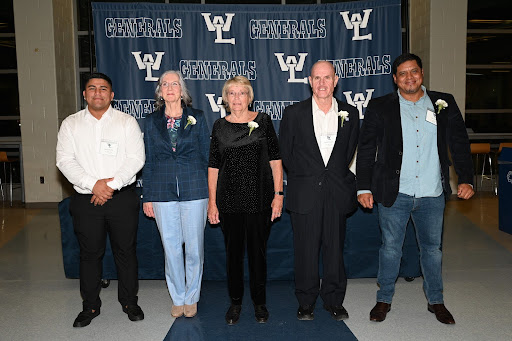

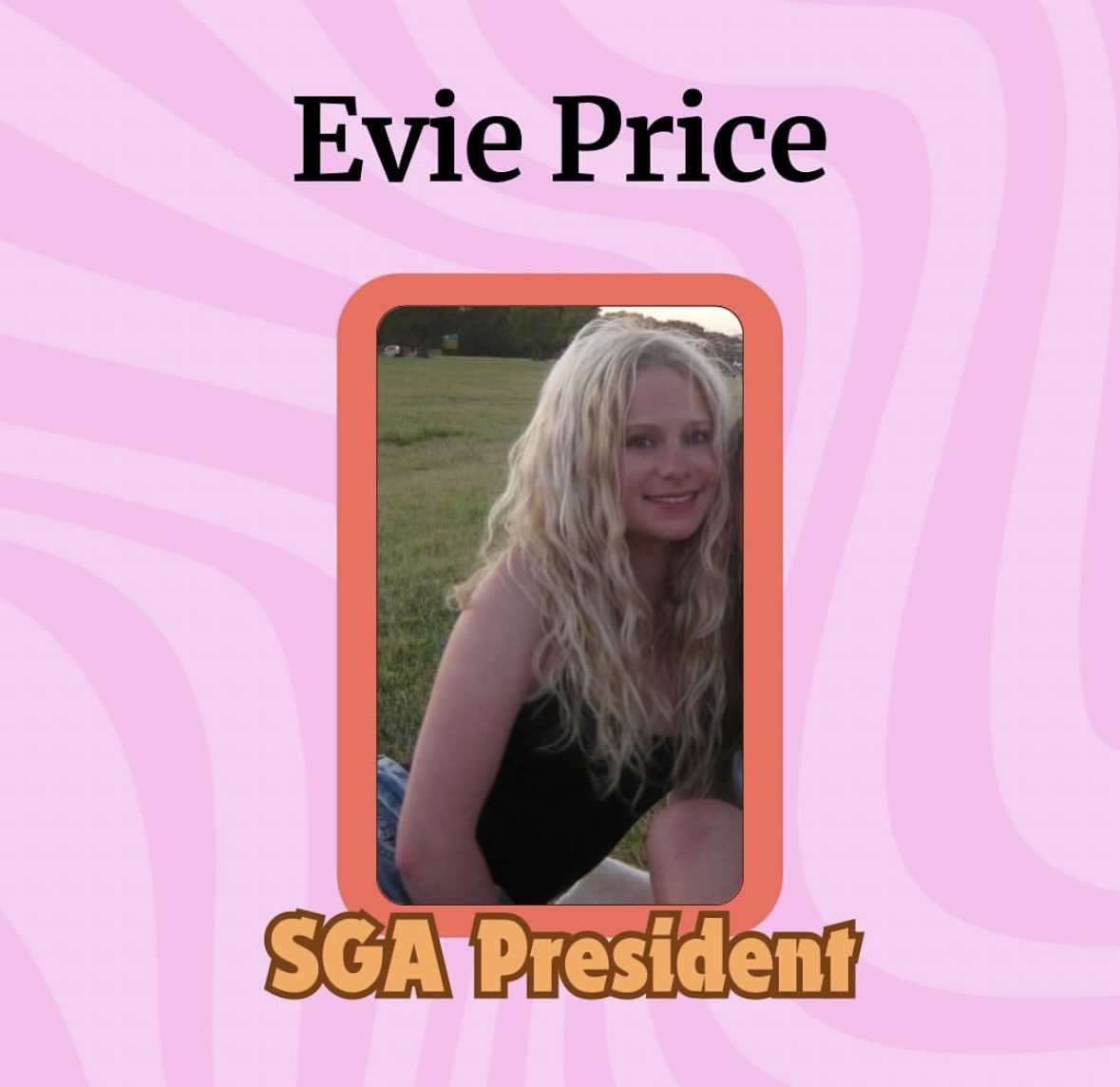
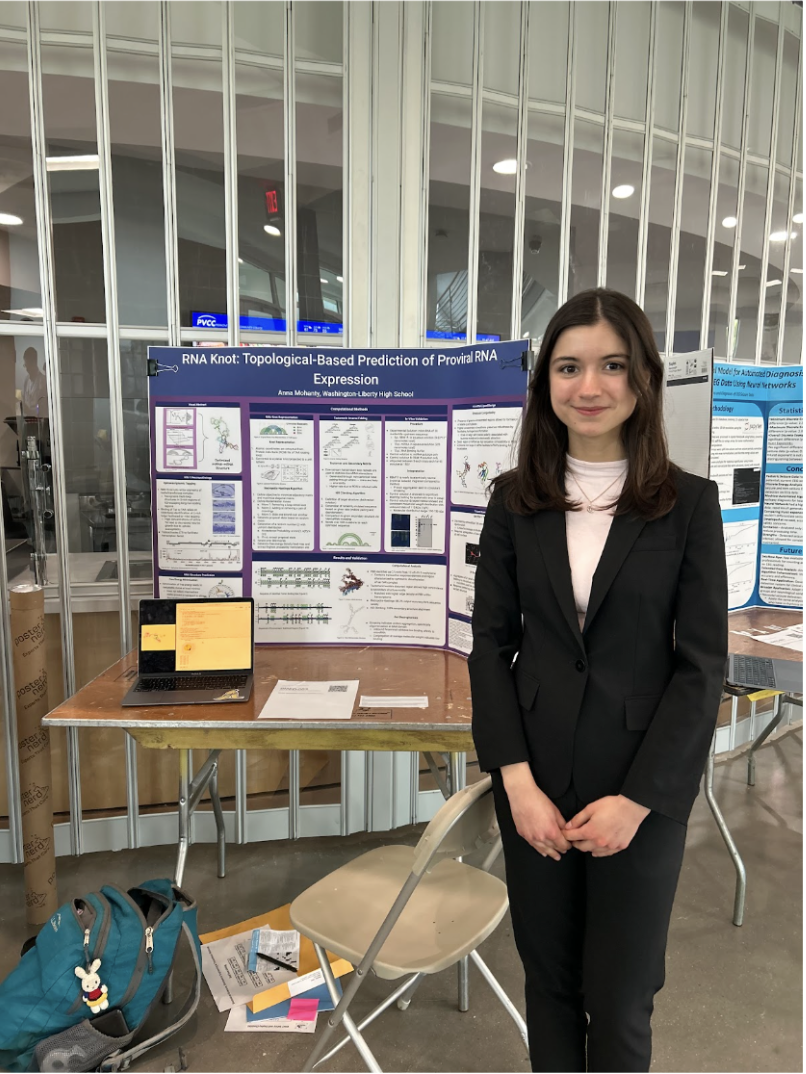



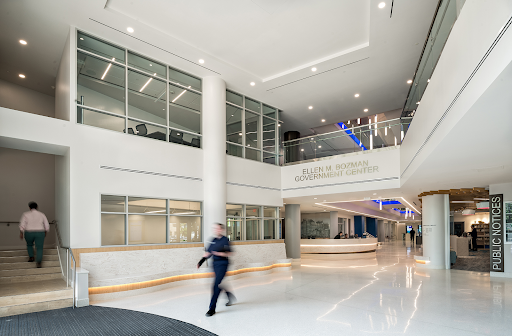
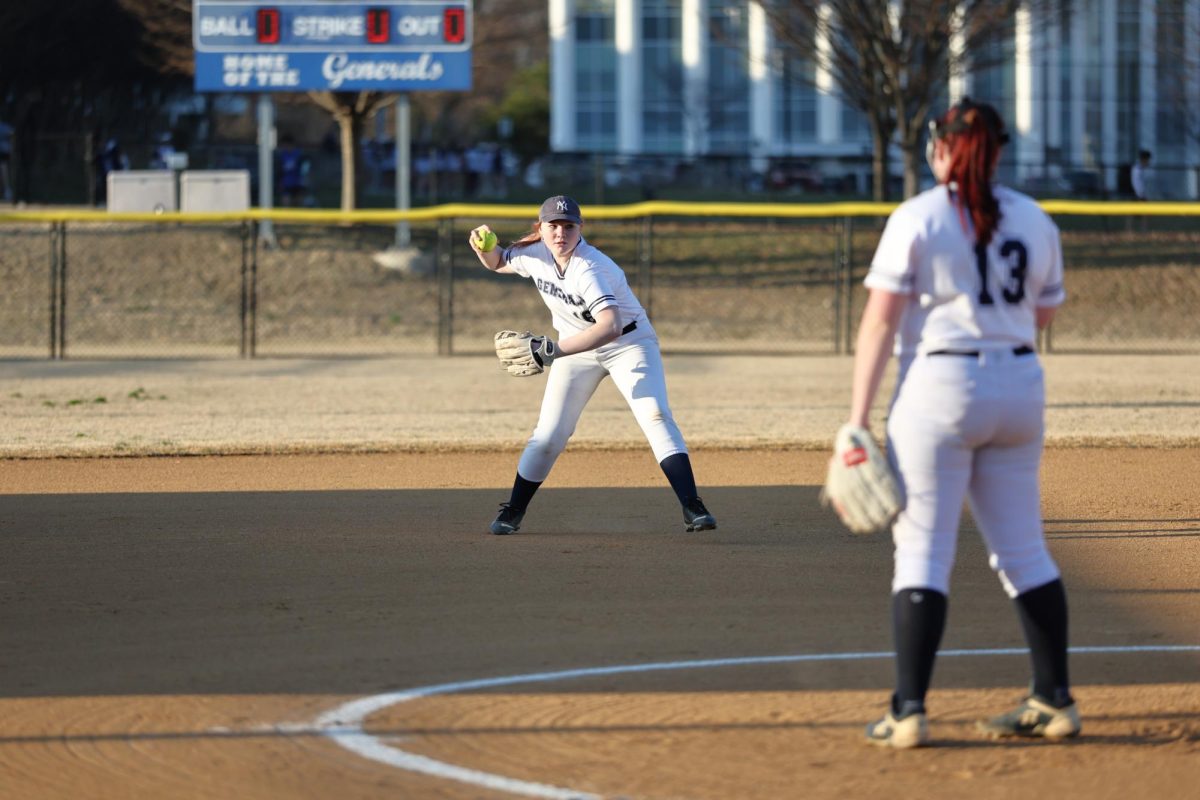


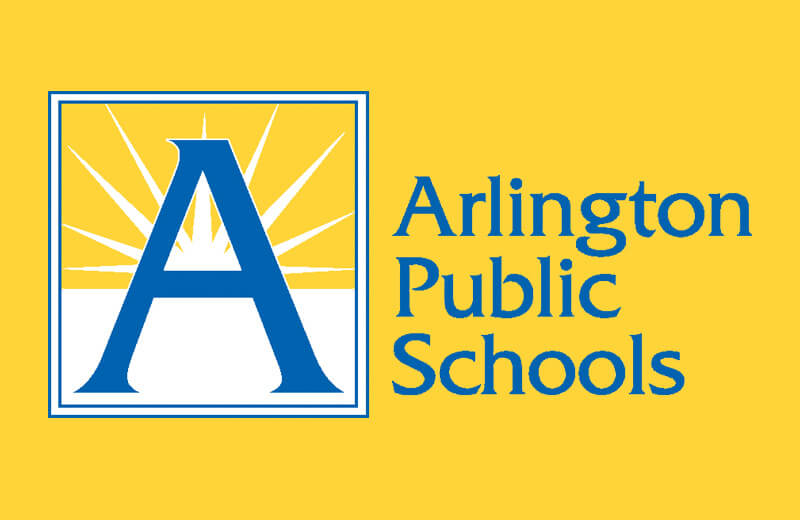
Fiona C. • Nov 9, 2024 at 9:16 AM
Speaking of improving the school lunch, the food labels could use some change. Sometimes labels will say “beef hamburger” and have the green leaf to show that it is vegetarian. How confusing is that??? On top of this, I have asked lunch ladies multiple times if something contains meat or is vegetarian, they say no, but it ends up being meat after all. Disappointing.